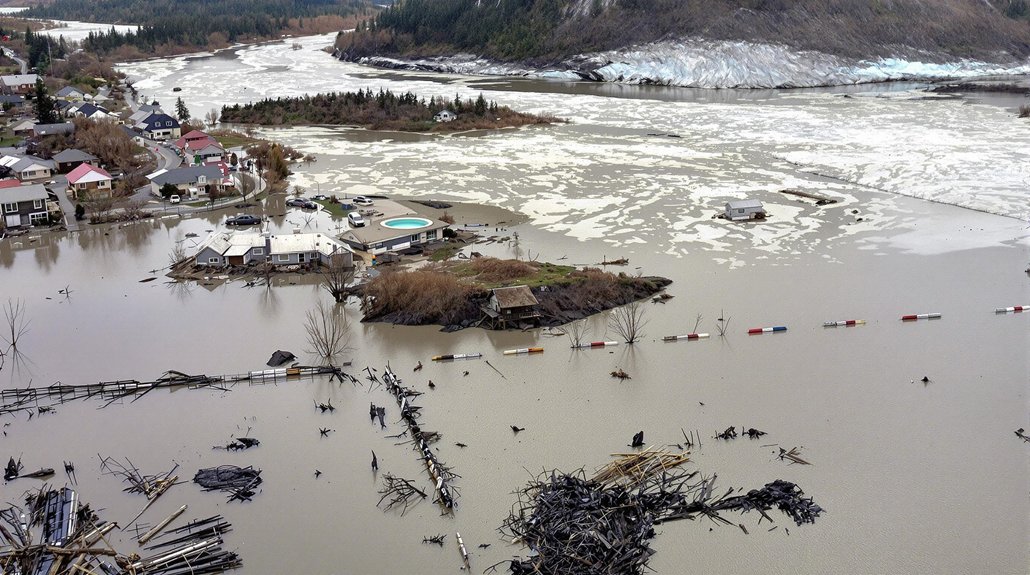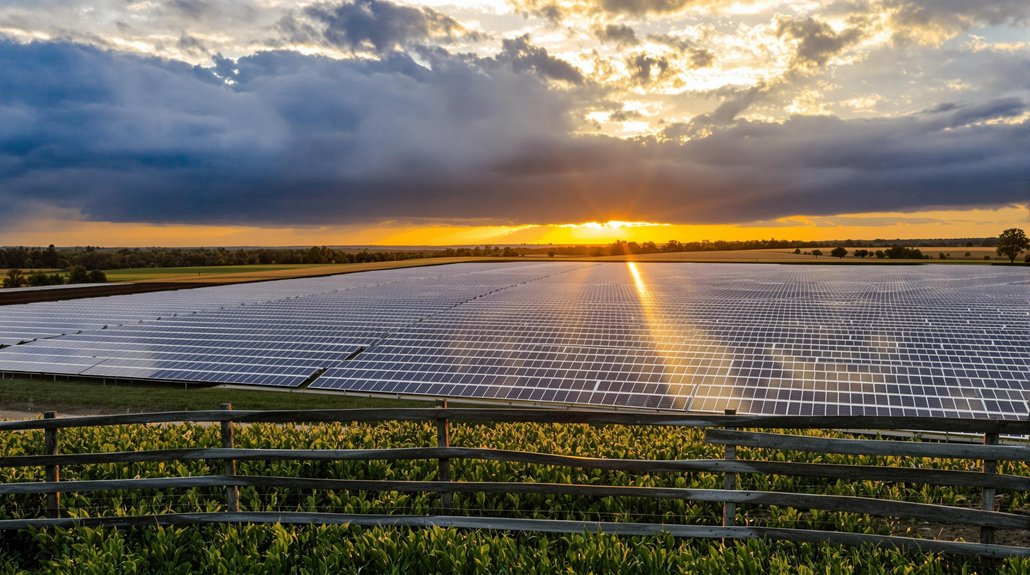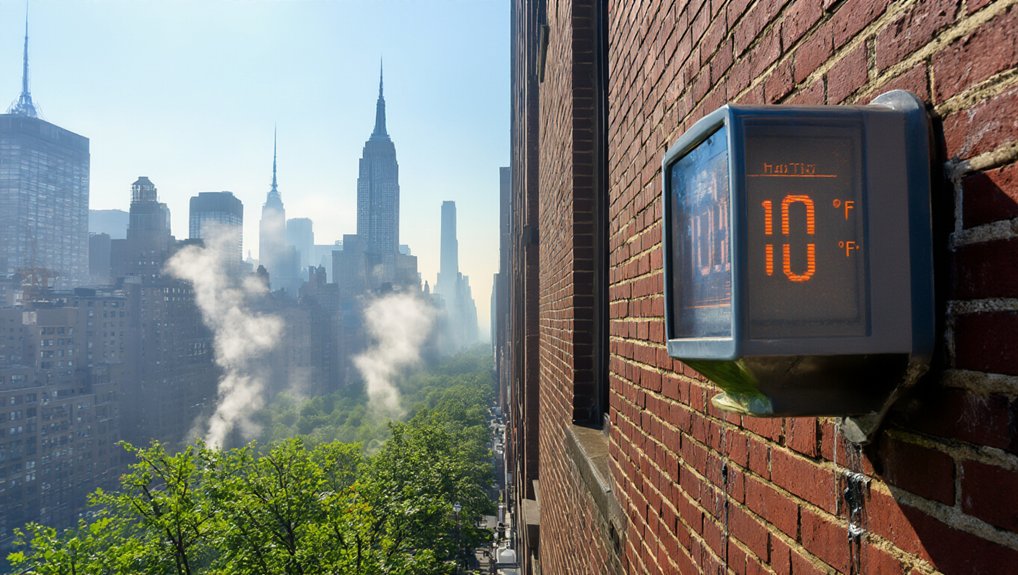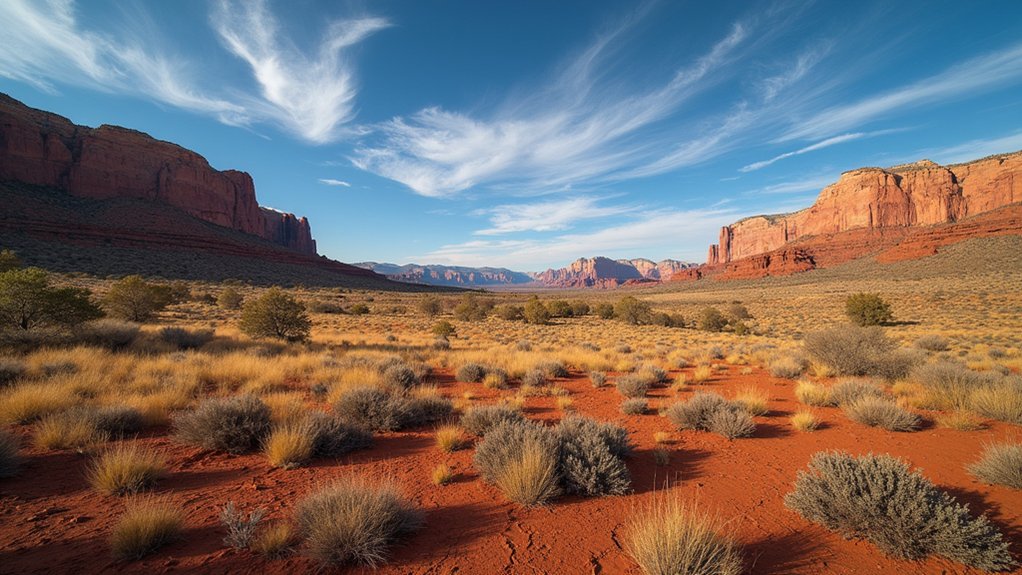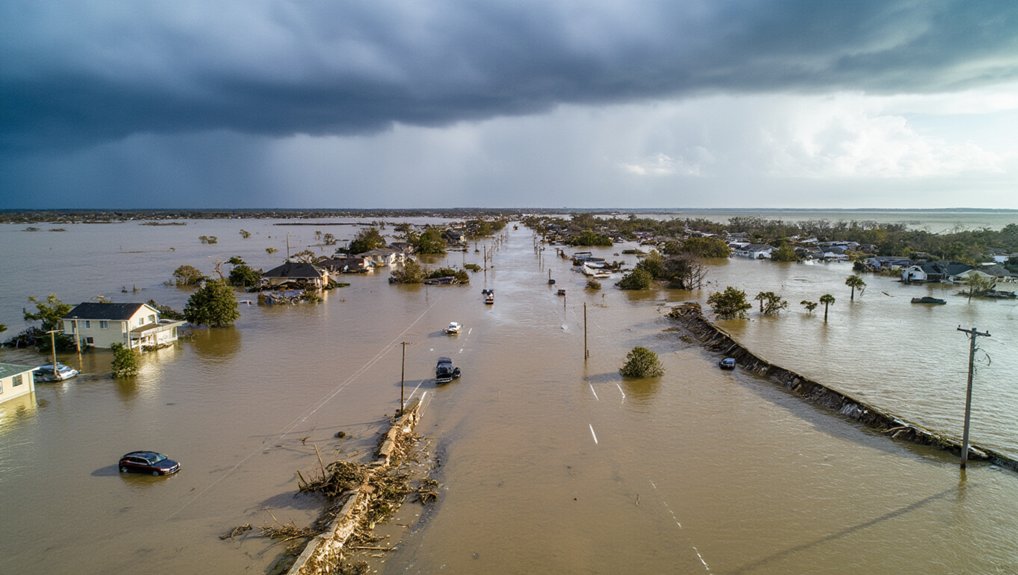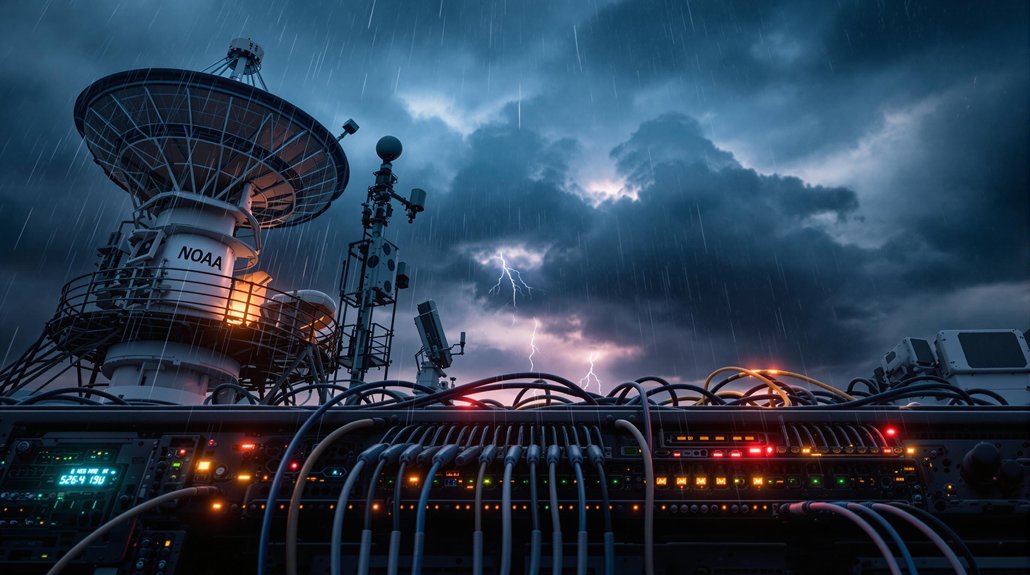Thousands of Juneau residents are bracing for yet another record-breaking flood as the Mendenhall Glacier threatens to release a torrent of meltwater that could swamp homes and tear away riverbanks. The culprit? Suicide Basin, a natural reservoir that fills with rainwater and snowmelt each year until pressure forces water past an ice dam. Mother Nature’s annual flush, if you will.
Officials predict the 2025 event could push the Mendenhall River to an unprecedented 16.3-16.8 feet, smashing last year’s record of 15.99 feet. Yeah, records are meant to be broken—but not the ones involving water in your living room.
Records are climbing faster than floodwaters, but nobody’s hanging this achievement on their refrigerator door.
About 1,000 homes sit in the flood zone. Last year nearly 300 residences were damaged when the basin unleashed its fury. Trees toppled. Riverbanks crumbled. Homes collapsed into rushing water. Not exactly the Alaska dream people signed up for.
The flood’s raw power is staggering. We’re talking 15 billion gallons—equivalent to 23,000 Olympic swimming pools—surging downstream at half the flow rate of Niagara Falls. That’s a lot of water. Too much water.
Authorities aren’t taking chances. Evacuation orders target everyone in the floodplain, with a former middle school serving as temporary shelter. Officials have emphasized the urgency with their warning to “Don’t wait, Evacuate TONIGHT.” Those fancy new flood barriers? Don’t count on them. This isn’t their first rodeo, but it might be their worst.
Scientists blame climate change, naturally. The retreating Mendenhall Glacier created Suicide Basin, which now fills faster each year. Water levels rise up to 4 feet daily before the big show starts. The technical term is “jökulhlaup”—which sounds like what happens when you sneeze while saying “glacier flood” in Icelandic. The melting ice caps causing these floods reflect the rising sea levels that threaten coastal communities worldwide.
Emergency teams are monitoring water levels round-the-clock as residents pack their valuables and head for higher ground. Some residents along View Drive are building their own berms as additional protection against the rising waters. After successive annual floods, many locals have become reluctantly expert at evacuation procedures. Practice makes perfect—though nobody’s celebrating this particular skill-building opportunity.
